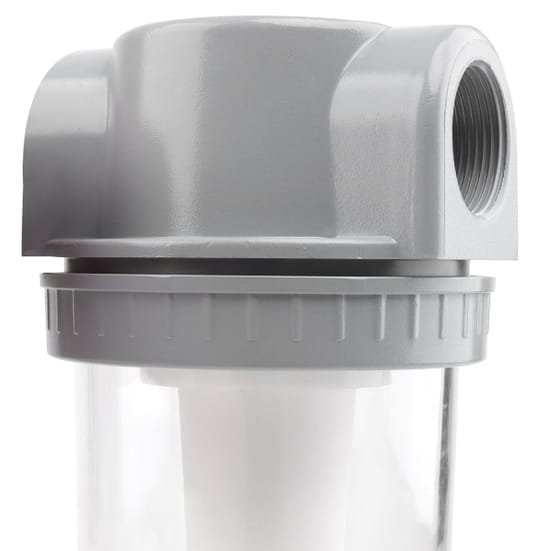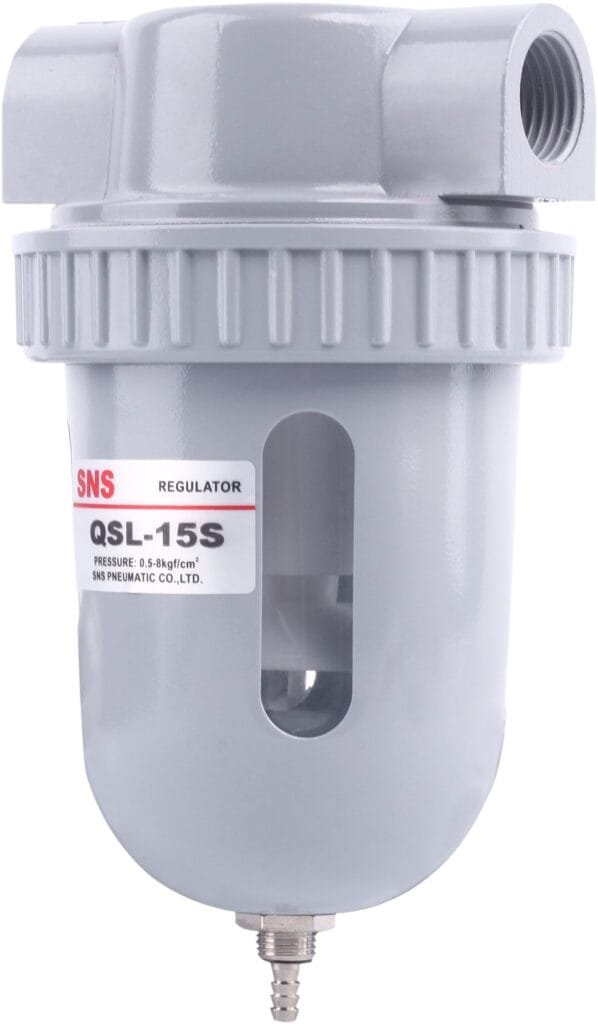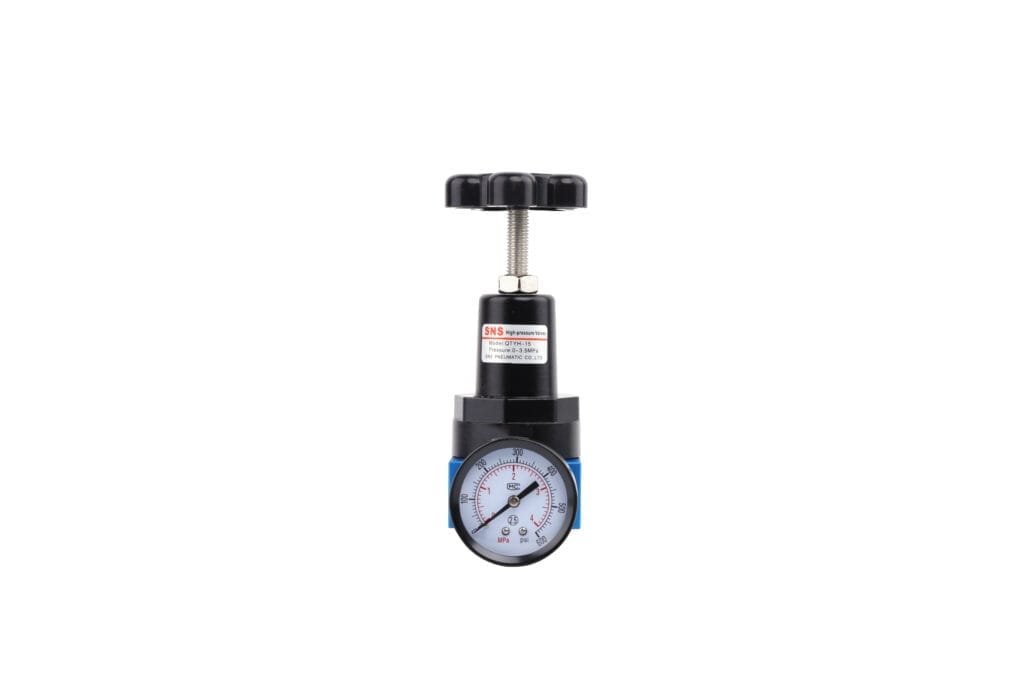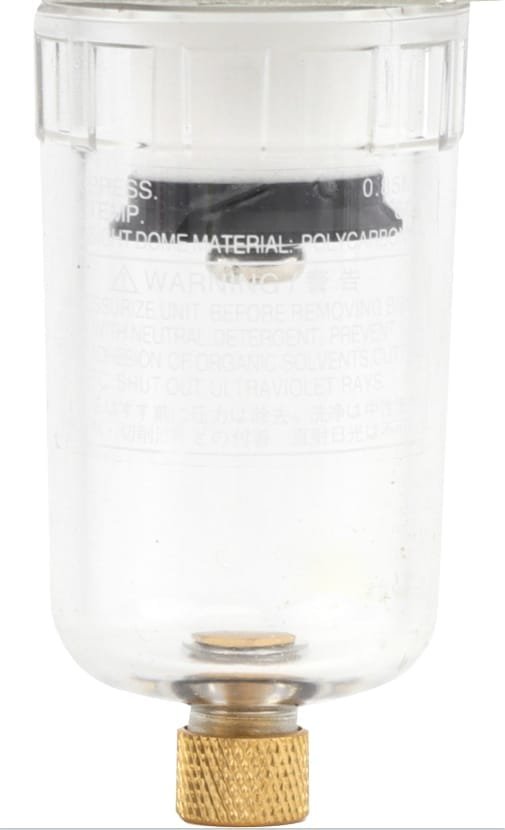What Is The Difference Between Air Regulator And Filter Regulator?
In the realm of compressed air systems, maintaining optimal performance and longevity requires precise control over air quality and pressure. Two critical components in achieving this are air regulators and filter regulators. While both play essential roles in managing compressed air flow, they serve distinct functions and incorporate different mechanisms to achieve their objectives. This article aims to delineate the differences between an air regulator and a filter regulator, providing clarity on their applications, functionalities, and benefits within a compressed air system.
What Is Air Regulator
An air regulator is an essential device in pneumatic systems, designed to control the output pressure. It operates by maintaining a consistent set pressure level, regardless of fluctuations in the input pressure from the air supply. The primary mechanism within an air regulator involves a spring-loaded diaphragm that adjusts to varying pressures, ensuring the downstream equipment receives a stable flow of air at the desired pressure. This capability not only protects tools and machinery from damage caused by excessive pressure but also contributes to energy efficiency by preventing unnecessary over-pressurization.
The significance of an air regulator extends beyond just regulating pressure. By ensuring equipment operates under optimal conditions, it helps prolong the lifespan of machinery and enhances operational accuracy. Manufacturers often offer various models of air regulators, each tailored to specific requirements such as maximum input pressure, desired output range, and flow capacity. Selecting the appropriate air regulator necessitates understanding these parameters to match them with the demands of your pneumatic system.

What Is Filter Regulator
A filter regulator, as its name implies, combines the functions of filtration and pressure regulation in a single device. It is meticulously designed to remove particulates and contaminants from the air while simultaneously controlling the pressure of the air that passes through it. This dual-function unit ensures that pneumatic systems receive clean, controlled air, which is crucial for maintaining the integrity and longevity of the equipment it serves.
At its core, a filter regulator consists of a filter unit and a regulator unit. The filter section is tasked with capturing dust, dirt, moisture, and any other impurities present in the compressed air. Typically utilizing a fine mesh or other filtering materials, it effectively prevents these contaminants from progressing further into the system. Following this stage, the regulator part adjusts the airflow to deliver it at a consistent, predetermined pressure regardless of fluctuations in incoming pressure or demand on the system.
This hybrid device stands out for its efficiency and practicality in applications where both filtered and regulated air are imperative but space or budget constraints exist. By integrating two essential functions into one compact unit, users benefit from simplified installation processes, reduced maintenance requirements compared to separate units, and overall cost savings.
Moreover, filter regulators are adjustable and come in various sizes and specifications to accommodate different types of pneumatic tools or systems. Their versatility makes them indispensable across numerous industries including manufacturing, automotive repair, woodworking by providing an optimal balance between cleanliness and control over air supply which enhances performance while safeguarding sensitive equipment from damage caused by contaminants and erratic air pressures.
What Is The Difference Between Air Regulator And Filter Regulator?
| Aspect | Air Regulator | Filter Regulator |
|---|---|---|
| Function | Controls air pressure in pneumatic systems. | Combines pressure regulation with air filtration. |
| Primary Purpose | Maintain constant output pressure despite input fluctuations. | Regulate pressure and remove impurities from compressed air. |
| Additional Functionality | Focuses solely on pressure regulation. | Integrates filtration to remove particulates, moisture, etc. |
| Benefits | Ensures stable and predictable pressure for downstream components. | Protects pneumatic tools/equipment by delivering clean, regulated air. |
| Usage | Typically used where precise pressure control is paramount. | Suitable for applications requiring both pressure regulation and air purification. |
| System Optimization | Essential for optimizing pneumatic system performance. | Adds an extra layer of protection and simplifies system maintenance. |
Selection Guide: Air Regulator Vs. Filter Regulator
If your primary need is to maintain a steady airflow at a consistent pressure without concerning too much about airborne particles, an air regulator could be sufficient for your setup. Its simpler design may also offer cost benefits and easier maintenance.
However, if ensuring clean, contaminant-free air is equally crucial because of sensitive downstream components or processes (such as spray painting or food packaging), opting for a filter regulator would be more appropriate. This integrated device saves space and can be more cost-effective than purchasing separate units while ensuring your system receives both regulated pressure and purified air.

Can A Filter Regulator Replace The Need For A Separate Air Filter?
Yes, a filter regulator can replace the need for a separate air filter in certain circumstances. It combines the functions of filtering and pressure regulation in one unit, simplifying system design and maintenance. However, the effectiveness of this depends on the specific requirements of the application, such as the level of air purity needed.
In Conclusion
In essence, the distinction between air regulators and filter regulators lies in their functionality, with air regulators primarily controlling pressure, while filter regulators manage both pressure and remove impurities from the air.
To fully understand the capabilities and benefits of incorporating these devices into your system, we encourage you to delve deeper into their individual roles and advantages. Explore our range of high-quality air management solutions today to enhance your operations with precision and efficiency.


